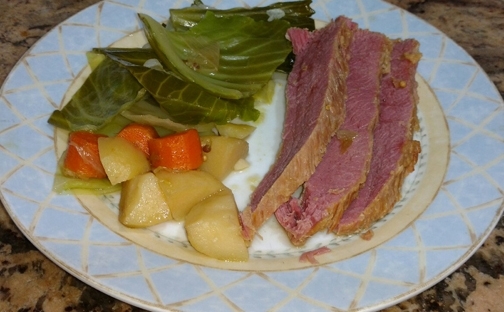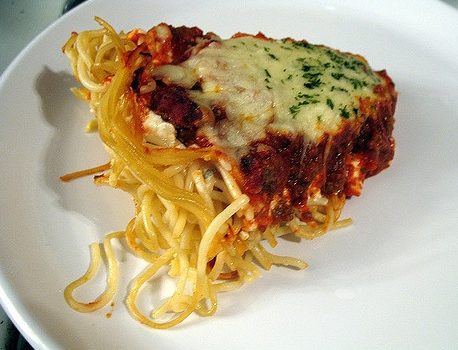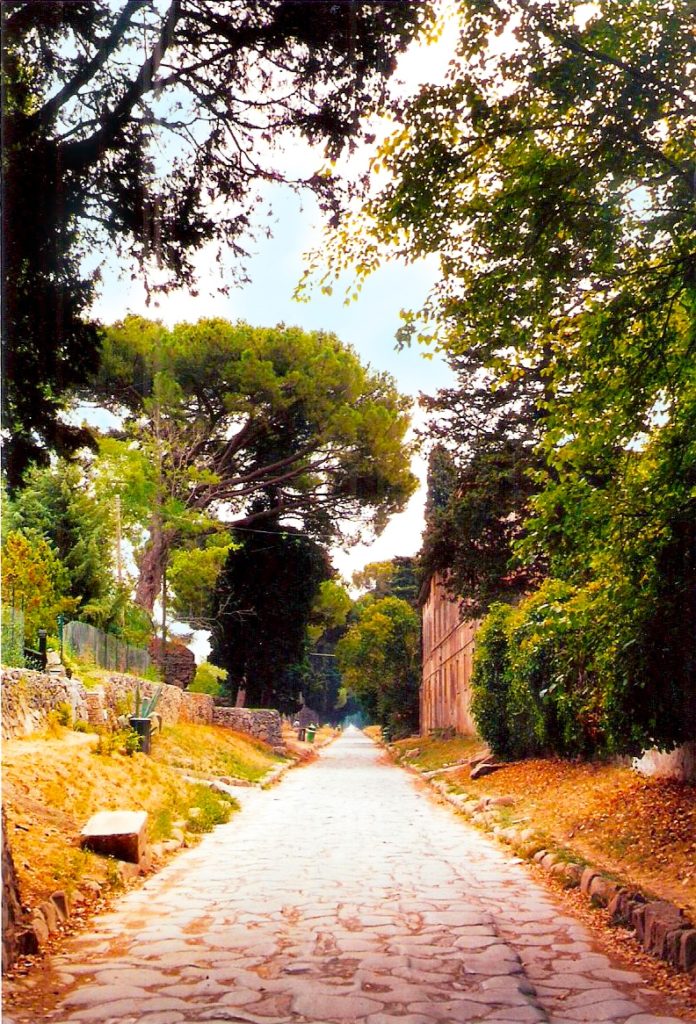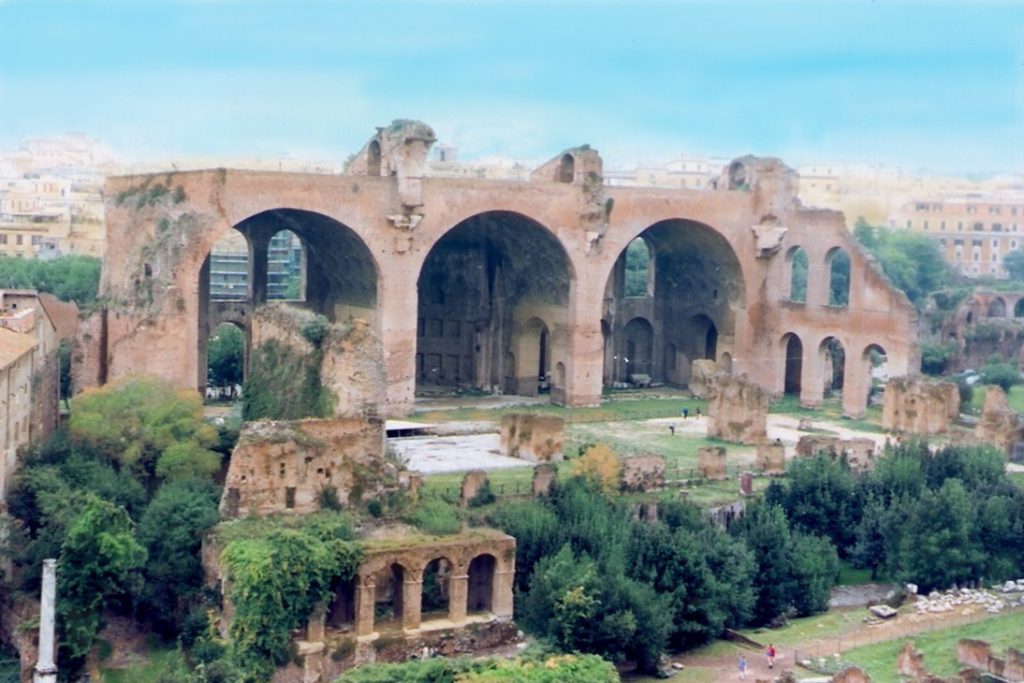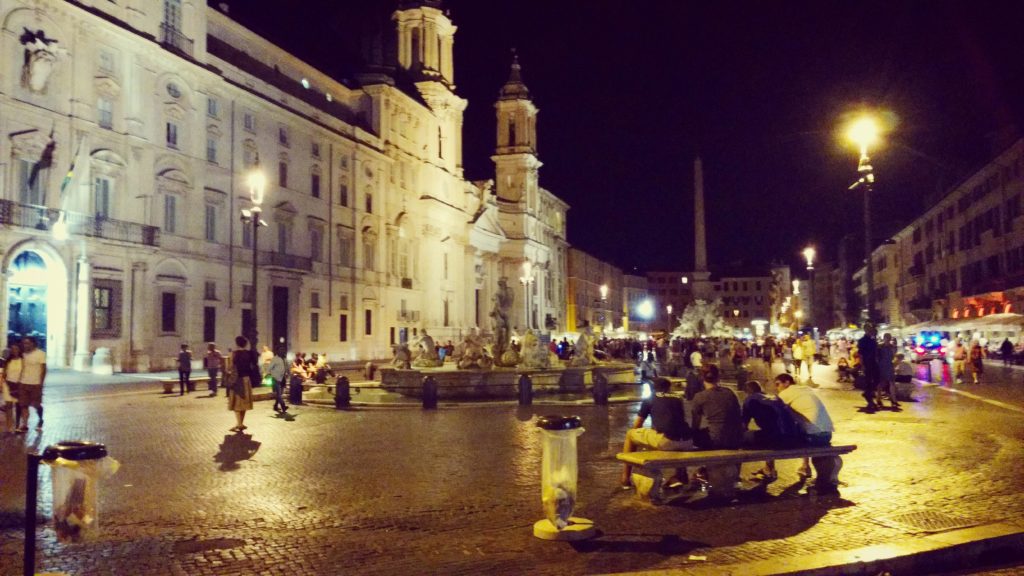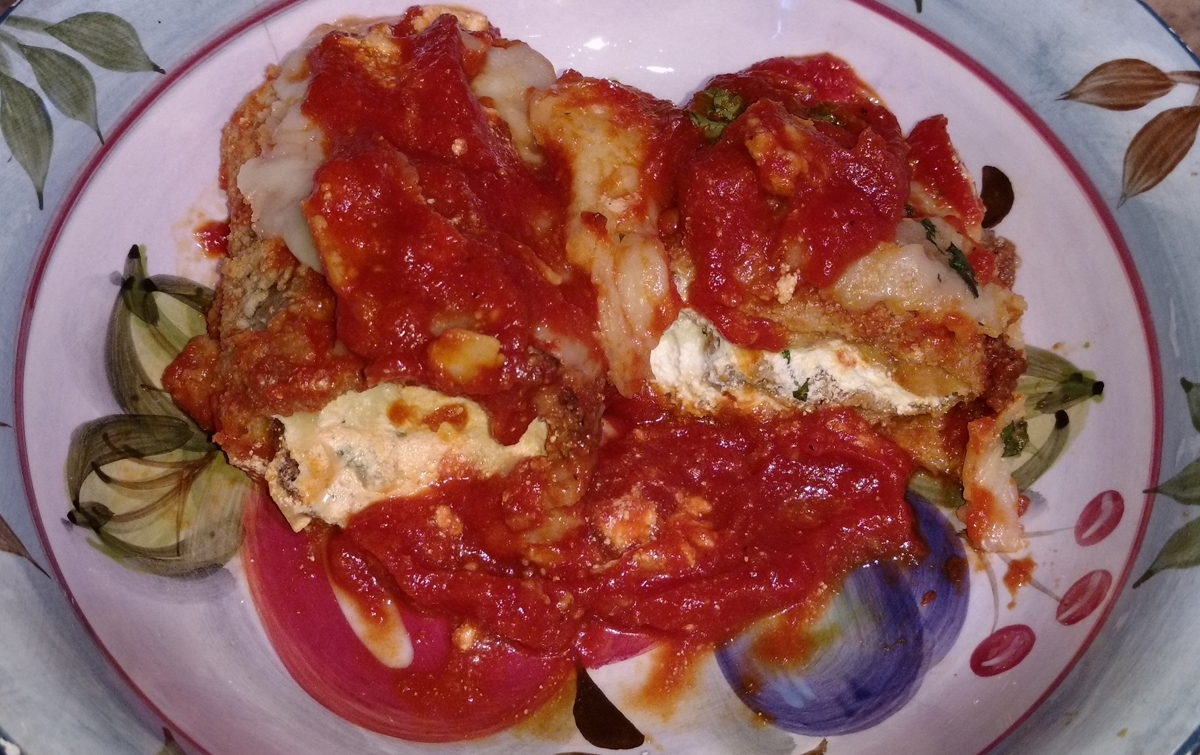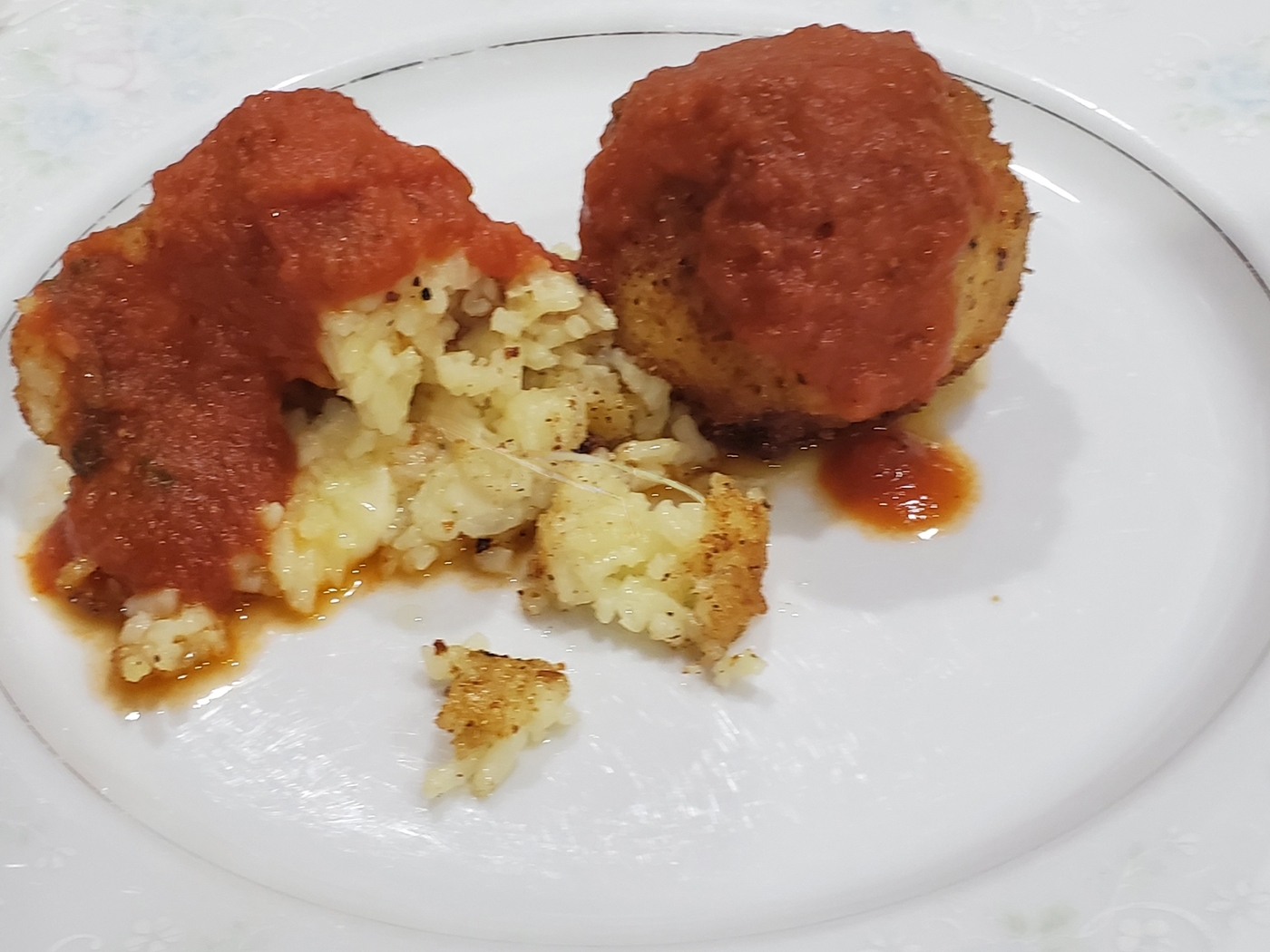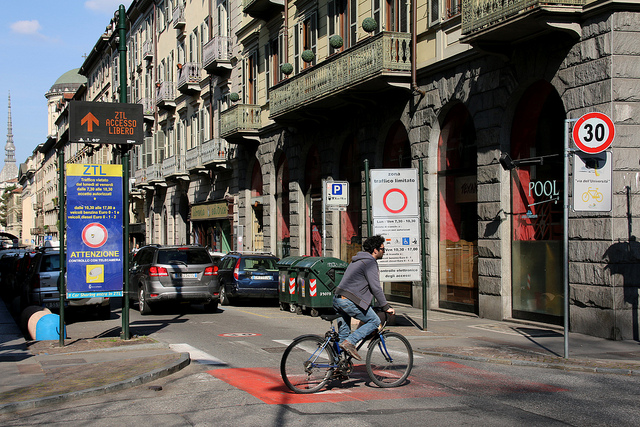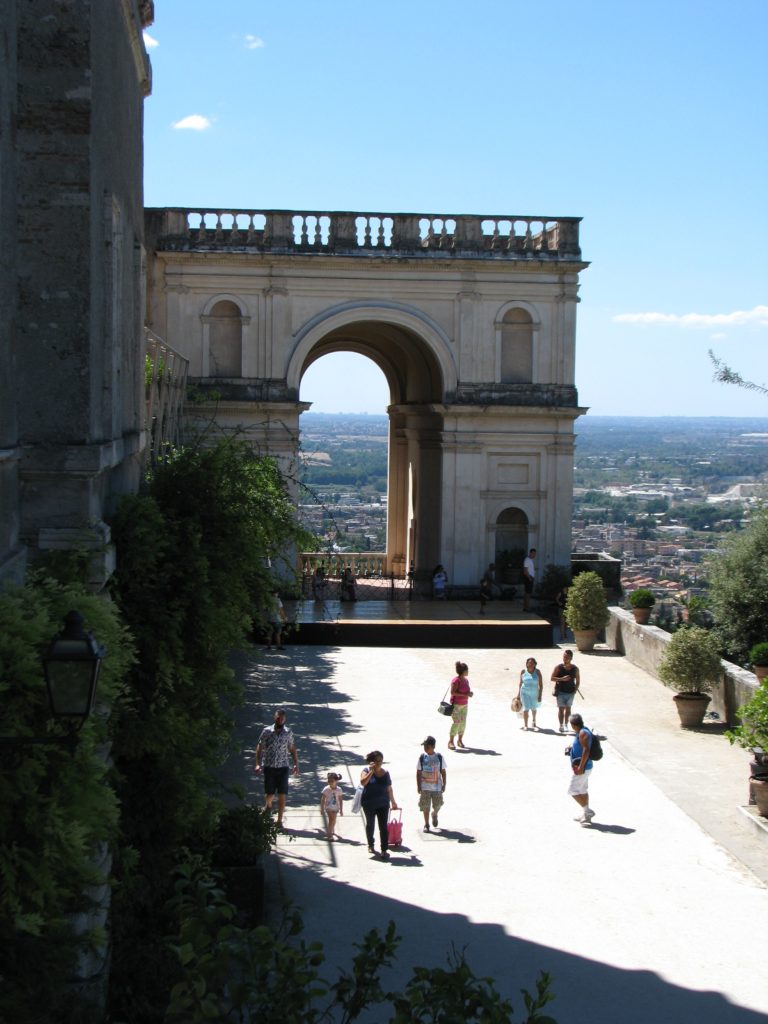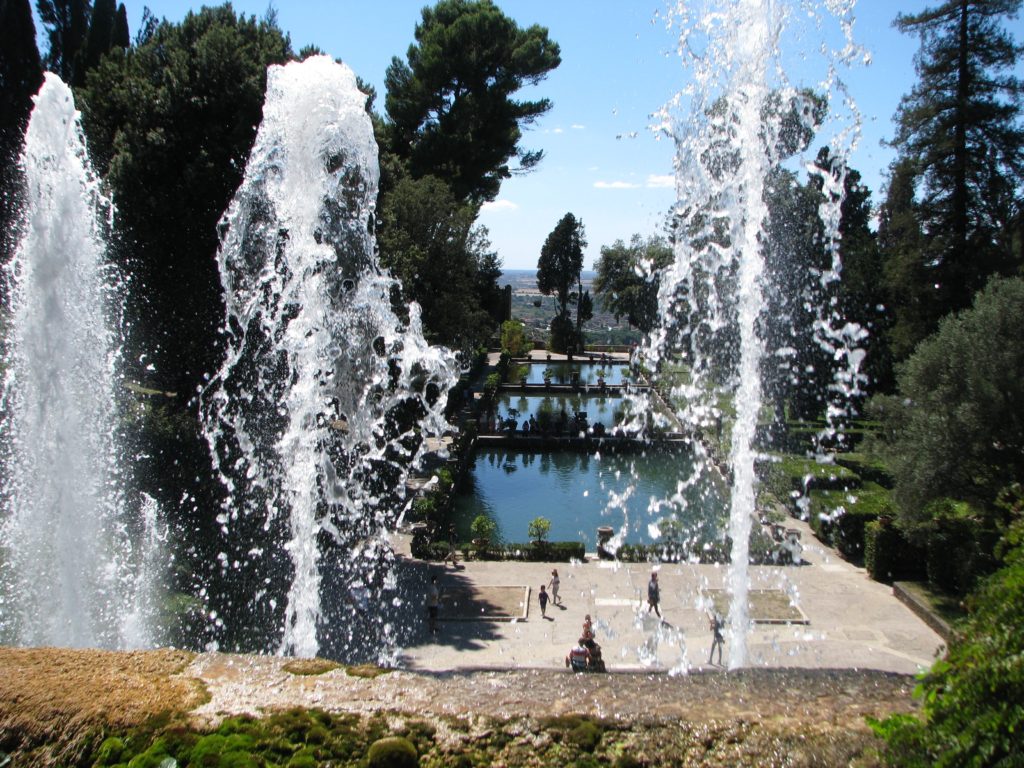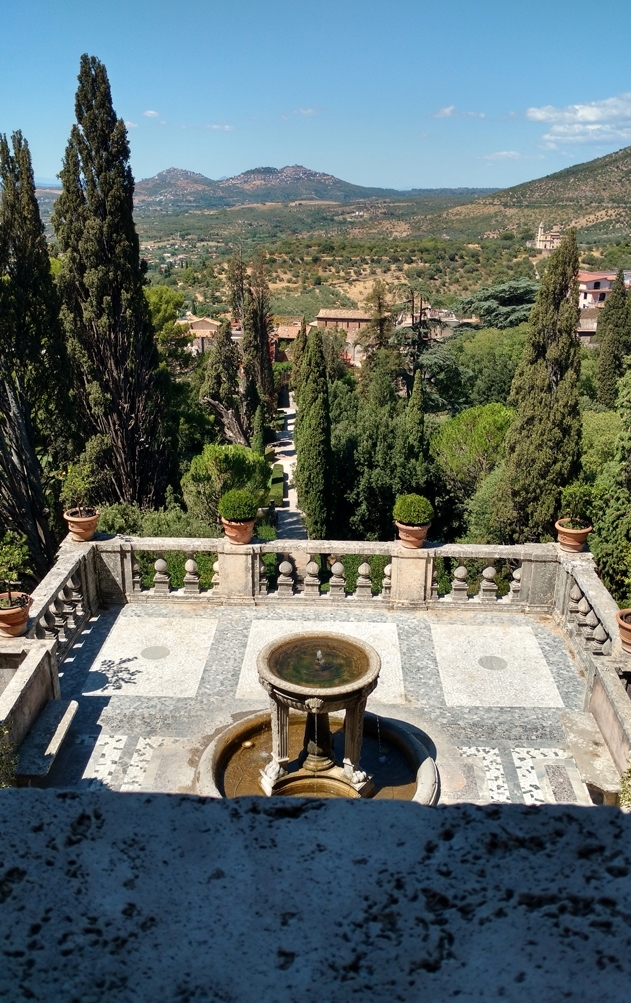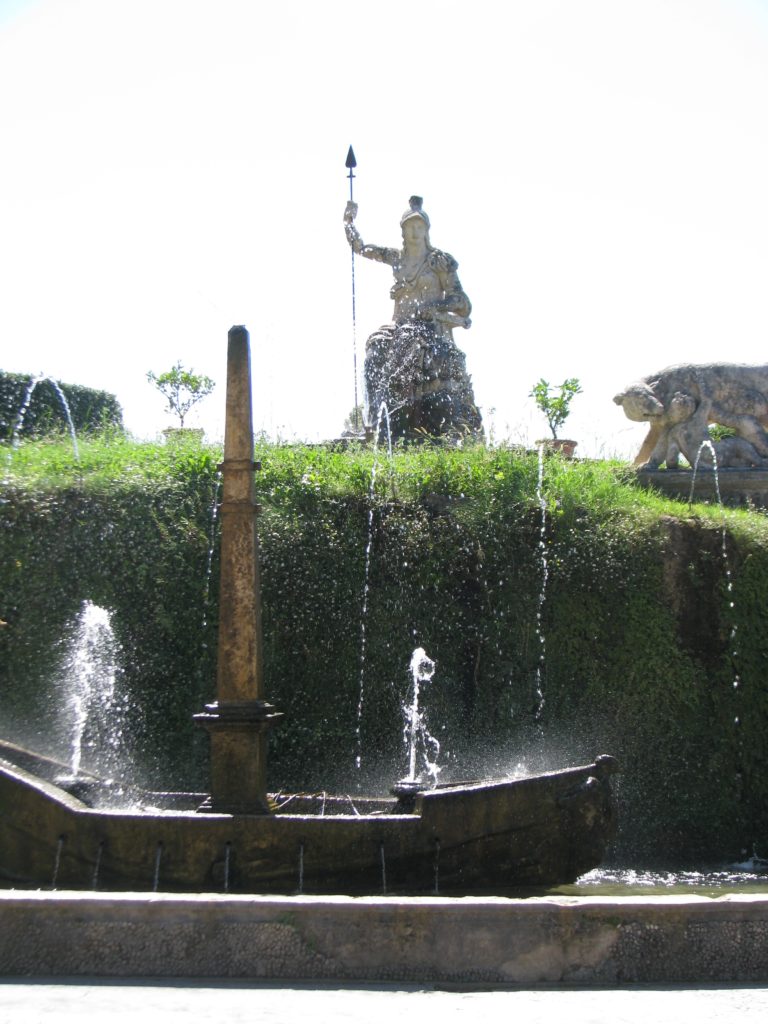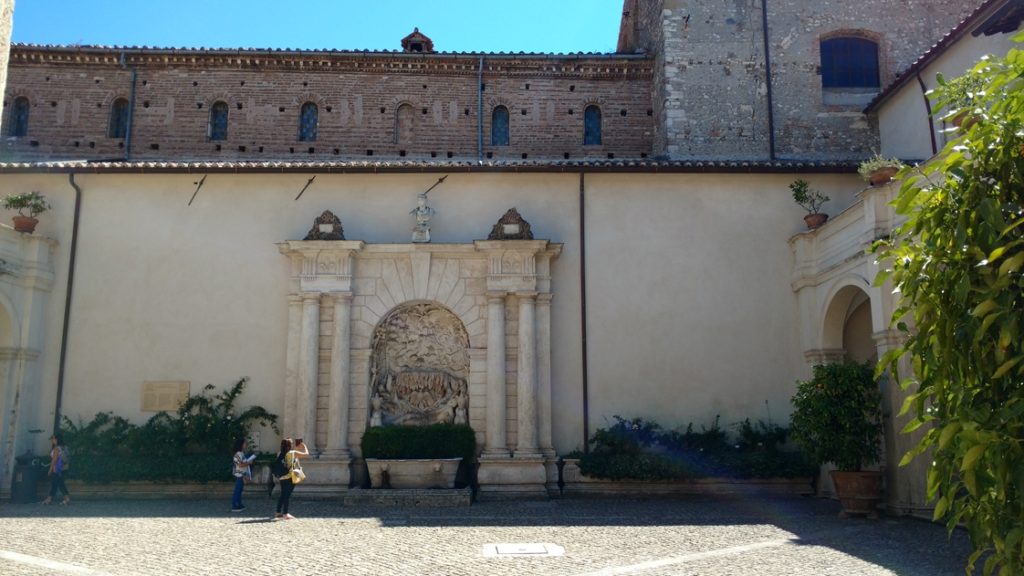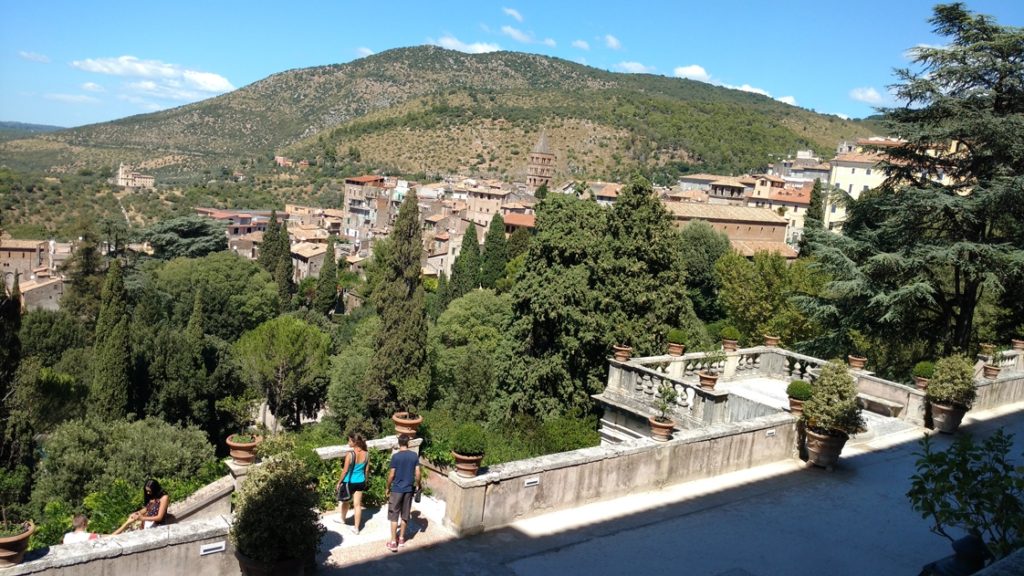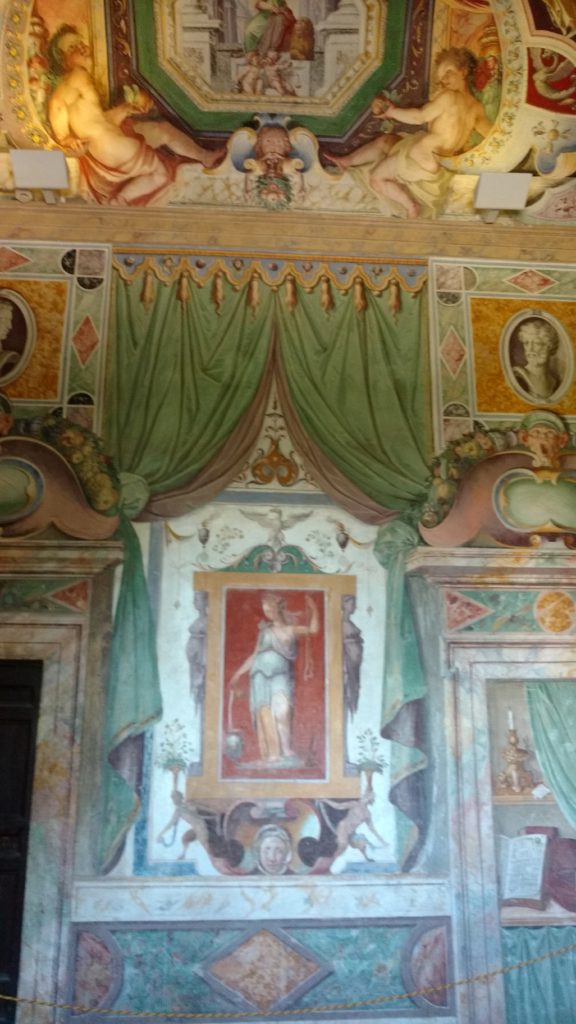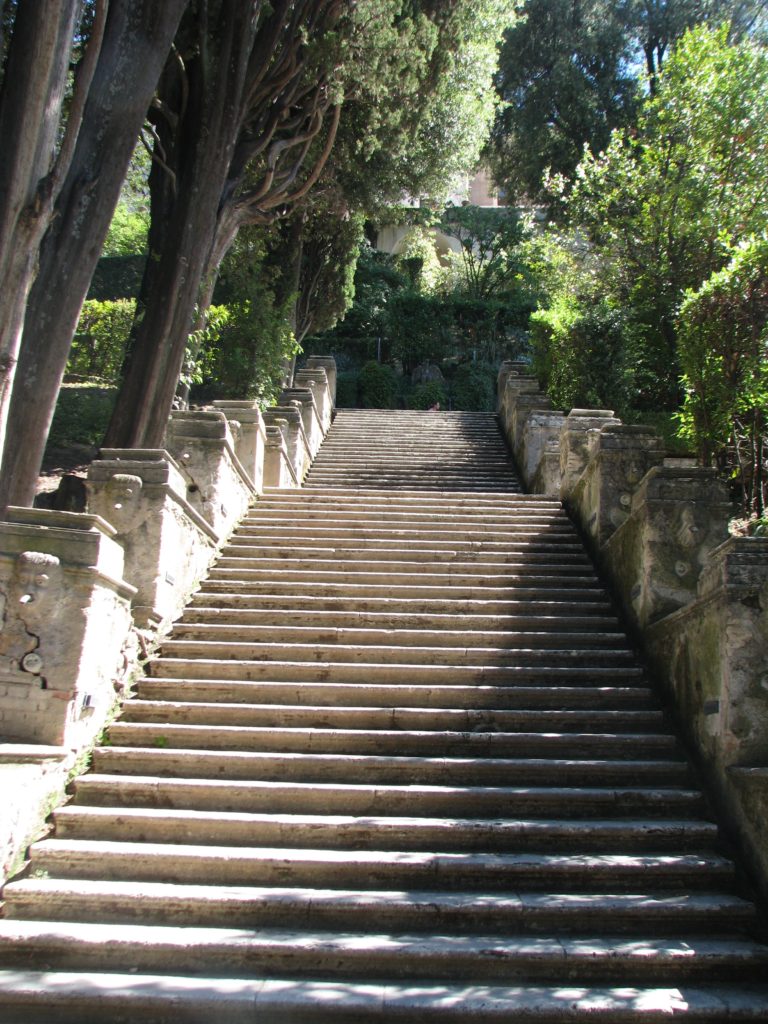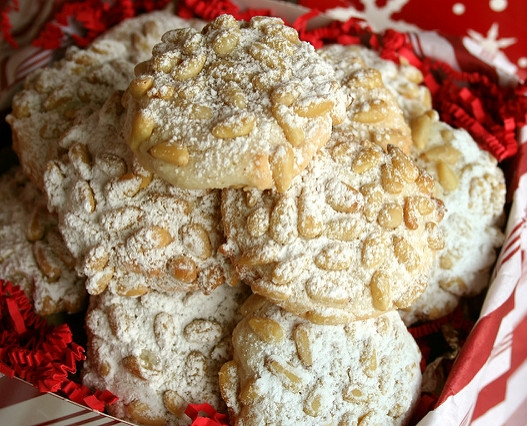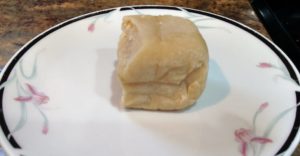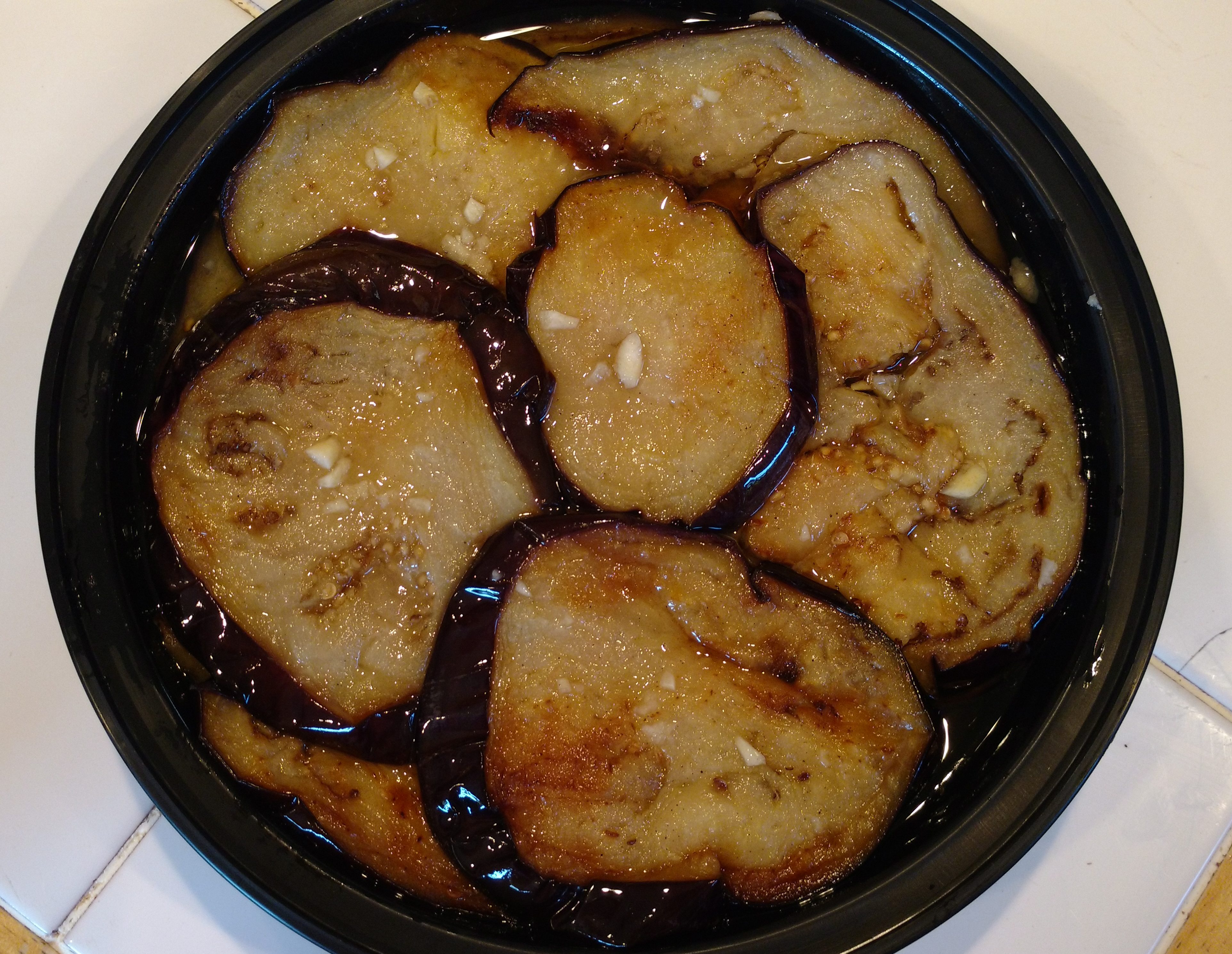Although my father was not Irish, he made the best corned beef and cabbage that I ever tasted every St. Patrick’s Day. This is a recipe I adapted for use with a slow cooker so that you can prepare it in the morning and let it slowly cook all day without having to worry about it. You can either put it on high and let it cook for about 5 – 6 hours, or on low for about 10 hours.
I always boil the cabbage separately before adding it to the slow cooker because the liquid from the cabbage has a very strong taste and not everyone in my family likes it.
Ingredients Serves 4-6 people
3 1/2 – 4 lbs flat cut corned beef brisket
3 potatoes, peeled and cut into chunks
1 large carrot, cut up
2 stalks of celery, cut up
2 cloves of garlic, sliced
1 large onion, sliced
1 T olive oil
1 bottle of beer
1 head of cabbage, quartered (or smaller pieces if desired)
pickling spices (or use the spice packet that comes with the brisket)
- Remove most of the fat from the brisket, then place in a large pot with water and let it boil for about 15 minutes to remove some of the salt.
- Put all the vegetables minus the onion and cabbage on the bottom of the slow cooker. Add the olive oil on top and mix.
- Drain the brisket and place it over the vegetables. Sprinkle the spices over the brisket and vegetables, then add some of the beer, enough to cover the vegetables.
- Cook for 6 hours on high, or 10 hours on low, checking the amount of liquid.
- Boil the cabbage for about 20 minutes, drain it and set aside.
- About 3 hours before the brisket is done, add the onions to the slow cooker.
- About 1 hour before the brisket is done, add the cabbage.
- Corned beef brisket is done when it can be easily pulled apart with a fork.
- Drink any leftover beer!

Join my mailing list so that you can have new recipes delivered right to your inbox!

